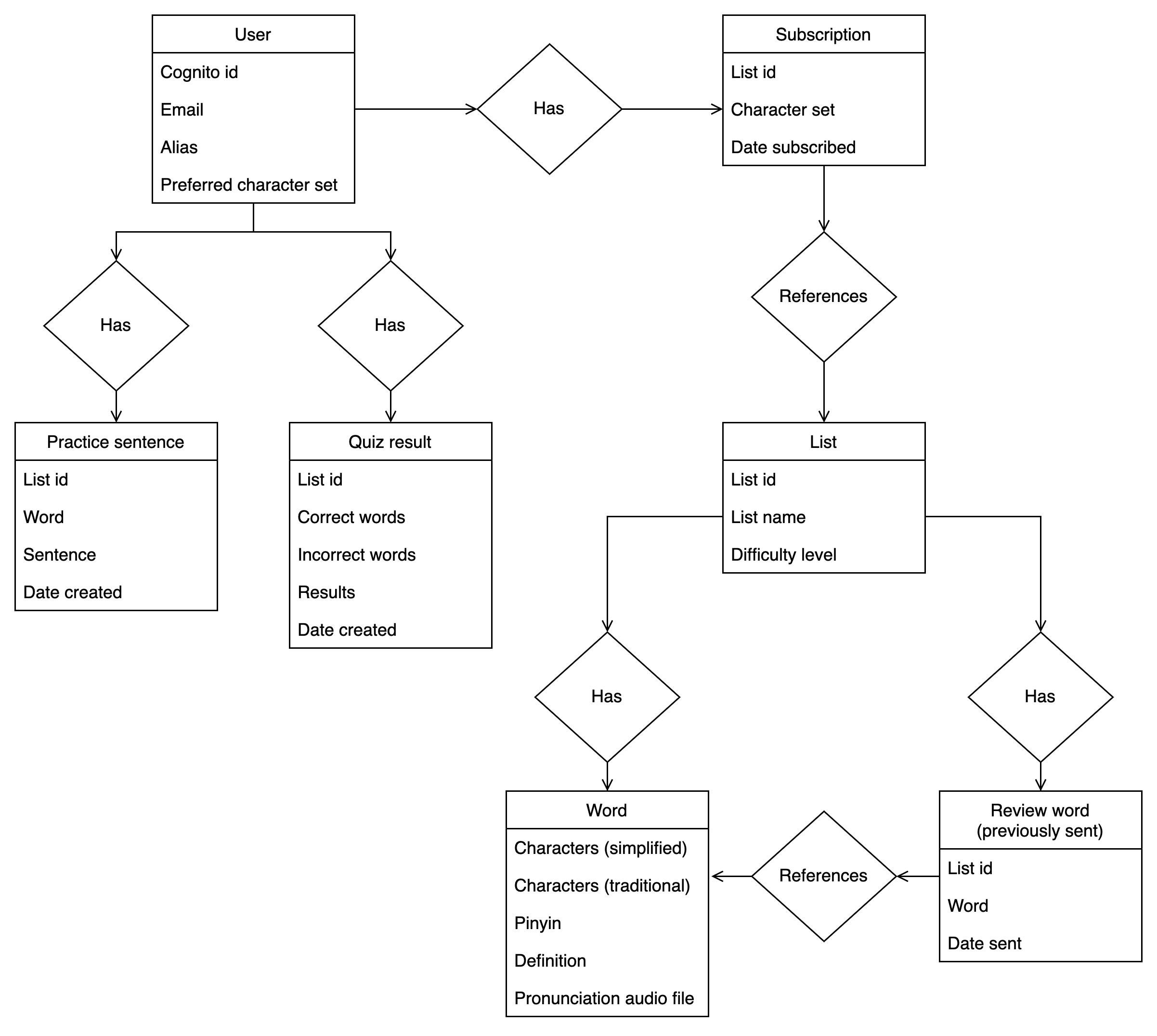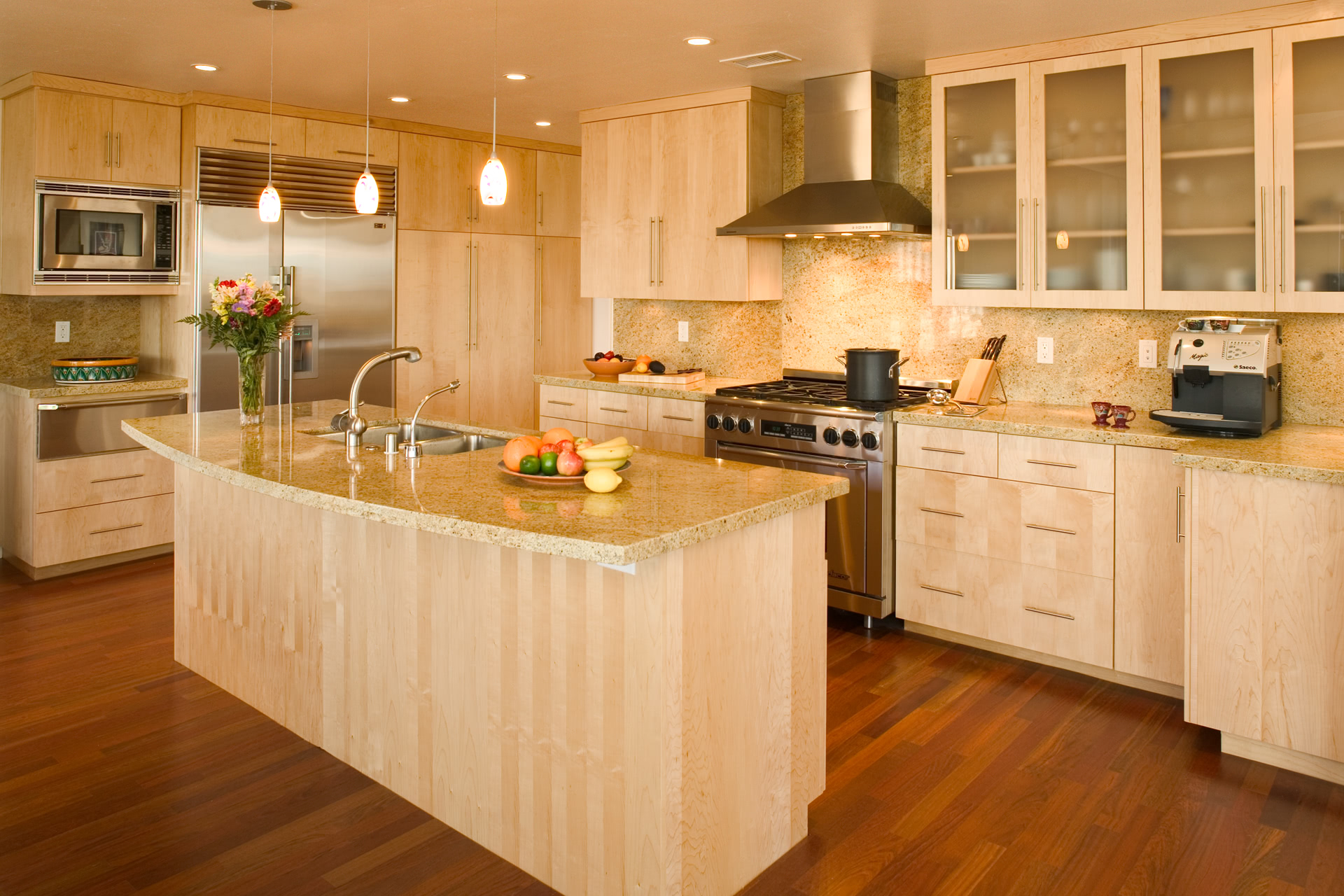Table Of Content

The second situation is when using GraphQL due to the way the GraphQL execution flow works. None of this goes to say that you can't use DynamoDB with GraphQL -- you absolutely can. I just think it's a waste to spend time on a single-table design when using GraphQL with DynamoDB. Because GraphQL entities are resolved separately, I think it's fine to model each entity in a separate table. It will allow for more flexibility and make it easier for analytics purposes going forward.
Getting to know our data
Items without a sort key are not stored in the index if the sort key is defined. If you combine multiple attributes in the sort key, you can filter by some or all of them, but only in the order that values were combined. It works great if values have a limited set of potential values. You configure streams on the old table that writes to a new one.
3 cost-cutting tips for Amazon DynamoDB - InfoWorld
3 cost-cutting tips for Amazon DynamoDB.
Posted: Wed, 17 Jul 2019 07:00:00 GMT [source]
Version History Pattern with Manual Transactions

It is the evolution of the adjacency list to a more complex pattern. You do not store just relationships but also define the type of relationship and hierarchy of the data. It is useful when you want to store a graph structure, for example, for a modern social networking app.
Organizing Data
By adopting this approach, you harness DynamoDB's inherent flexibility, allowing you to navigate through your data effortlessly. This design choice aligns with the philosophy of Single Table Design, emphasizing simplicity and ease of use in modeling complex relationships within DynamoDB. Iterate your design and continue to improve it before actually putting the application into use.
Condition Expression on the Same Item

This use of a B-tree on subsets of your data allows for highly efficient range queries of items with the same partition key. In this post, we’ll talk about single-table design in DynamoDB. We’ll start off with some relevant background on DynamoDB that will inform the data modeling discussion. Then, we’ll discuss when single-table design can be helpful in your application. Finally, we’ll conclude with some instances where using multiple tables in DynamoDB might be better for you.
Determining data access requirements
Now that we have defined all the required access patterns and how to meet each criterion, let’s build a summary table that should help us when we start to write some code. I am pretty familiar with relational databases and how to model our entities on them. But when we start to work with NoSQL databases we need to change the ways we model and represent our data. If we were to use a relational database, every entity from the above diagram would’ve had its own table, but since we’re usingDynamoDB we’re going to store all that data into a single table. As with most things in application development, there are lots of solutions to the same problem. While I'm sure there are cleverer ways to design for my access patterns, as a first stab at single-table design, this model fully meets my application's requirements!
Understanding database options for your serverless web applications Amazon Web Services - AWS Blog
Understanding database options for your serverless web applications Amazon Web Services.
Posted: Mon, 03 Aug 2020 07:00:00 GMT [source]
Get all surveys
As we discussed the key concepts of DynamoDB in the previous post, it is now time to dive into how to apply single-table design strategy with DynamoDB. Single-table design is the most cost-effective💰 and efficient way🚀 for using DynamoDB. In this post, we will look at how to model an online library application using Single-table design. Storing multiple versions of the document is sometimes needed. The problem is if the document is big and you pay a lot of WCU for writing it.
Response entity
Note that this isn’t an excuse to avoid learning how DynamoDB works! You shouldn’t model DynamoDB like a relational database, and you should learn DynamoDB data modeling principles. To be able to add a different access pattern for the same data set, I've used a global secondary index. Global secondary indexes (or GSIs) allow you to choose different primary keys and therefore have different querying options for the same dataset.
Developing with TypeDORM
The trick is to move the large portion of data into separate items and leave the only summary in the source table. That works well with most applications where you only want to see the data's extract, and when you click the item, you get all of the data. This pattern requires having a special item (only one) in the database with counting as its whole purpose. You execute the request to increment the number in the update expression. You must set the return value UPDATED_NEW to retrieve the new number. That is a random string that is long and subsequently unique enough that there is a guarantee it will not be repeated.
Right, now that we’re clear on what we’re working with, let’s start looking at a hypothetical example. Let’s say we want to model the data for a simple blog CMS (Content Management System). The blog will publish articles from multiple authors, articles can contain assets like videos and images and will support comments on each article. In RDBMS databases, while executing transactions, you can access the database or other systems multiple times. DynamoDB transactions are executed as a batch of up to 25 items.
The solution is to split large items into smaller items, and when some part changes, you store and version only those parts. Reads are more complex because you have to assemble the item from different parts and pick only the newest or appropriate version for that part. Times series data typically has a characteristic that only the recent data is accessed most frequently.

No comments:
Post a Comment